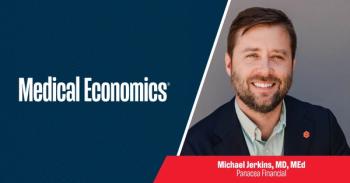
Roth IRAs for physicians: 13 questions and answers
There are tools physicians can unlock to gain the financial benefits of a Roth IRA.
Higher earners like physicians may feel locked out of some tax-free withdrawal options as their high income disqualifies them from opening Roth IRA accounts. They may be unaware of some tools that could be at their disposal to get those same benefits, such as the backdoor Roth IRA and Roth IRA conversions.
Here are some common questions and answers about Roth IRAs.
About the author
Securities offered through Securities America, Inc., member FINRA/SIPC. Advisory services offered through Securities America Advisors, Inc. Wall Street Alliance Group and Securities America are separate companies. Securities America and its representatives do not provide tax or legal advice; therefore, it is important to coordinate with your tax or legal advisor regarding your specific situation.
Newsletter
Stay informed and empowered with Medical Economics enewsletter, delivering expert insights, financial strategies, practice management tips and technology trends — tailored for today’s physicians.














